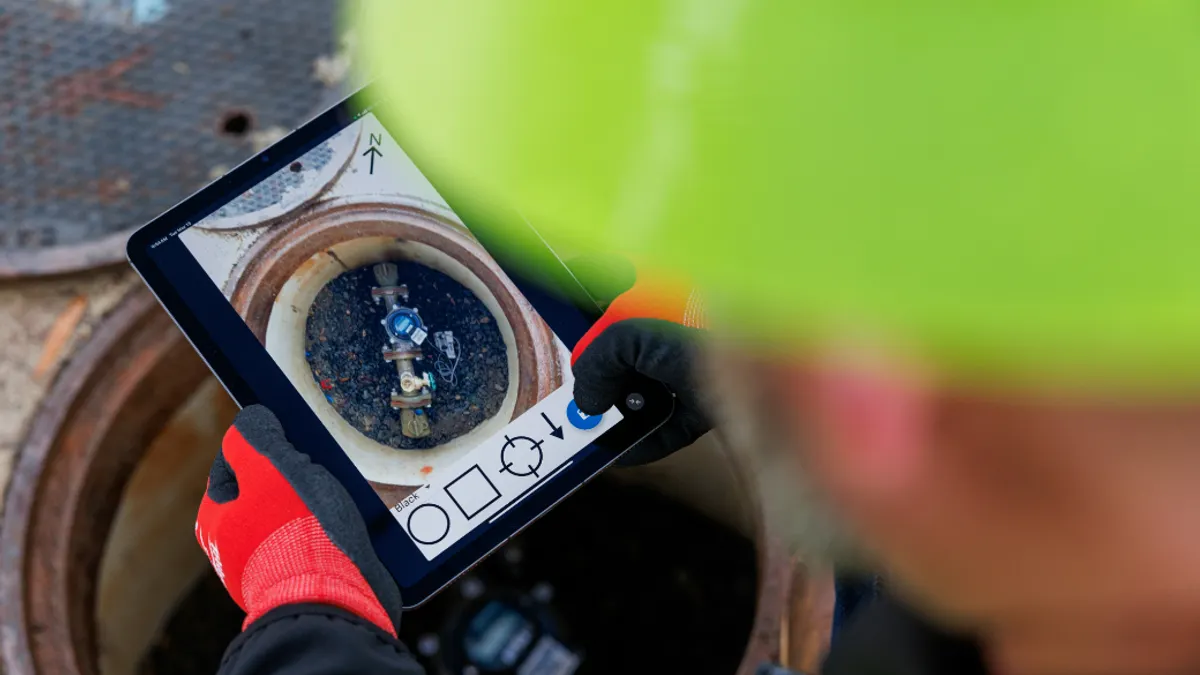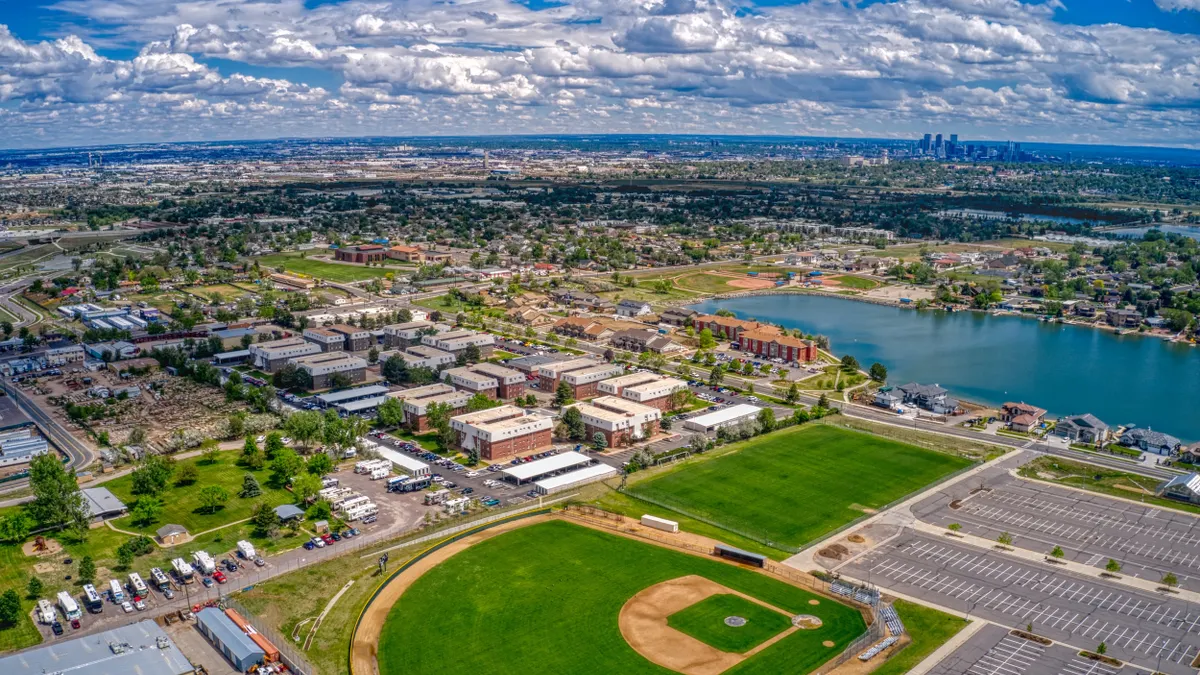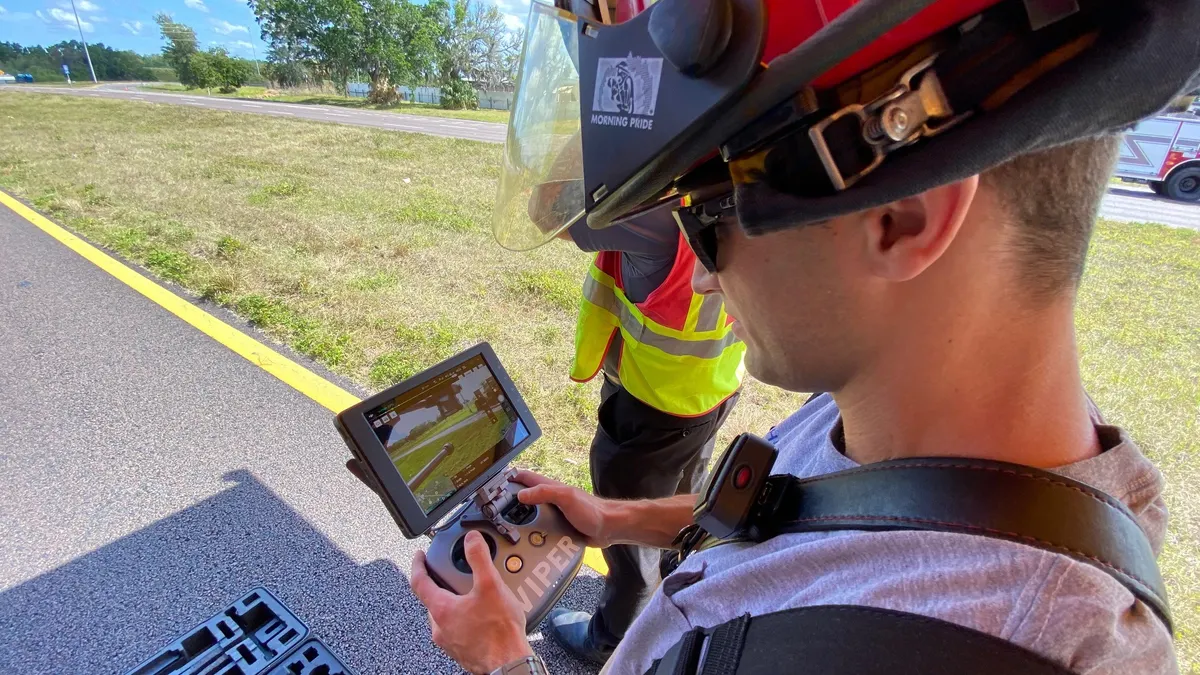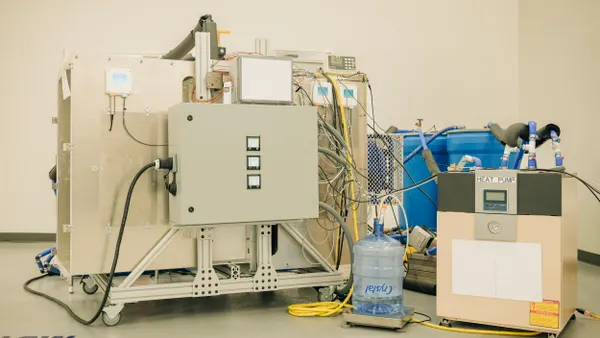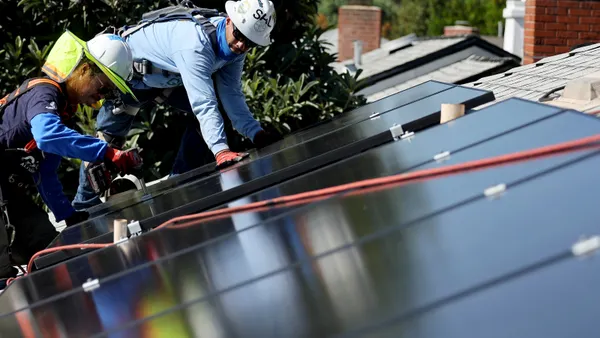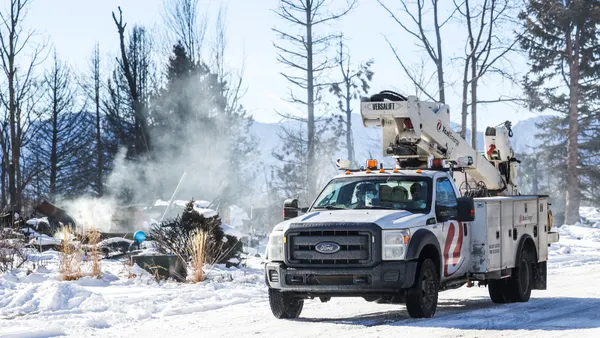America’s drinking water supply seems inexhaustible. It’s everywhere: rivers, lakes, reservoirs, underground aquifers. Turn the faucet on and it pours out almost by magic.
But it’s not magic. A complex network of assets created and maintained by an army of specially trained engineers captures, purifies, and sends the water along a two-million-mile network of pipes to homes and businesses across the U.S.
Unfortunately, this marvel of engineering is in trouble. Sources of water in aquifers and reservoirs are shrinking. Costs of processing are going up. Along the water’s journey about a third of it is lost, most of that through leaking underground pipes.
Add to that this reality: about a third of the people who operate water systems in the U.S. will reach retirement age in 10 years or so and there aren’t a lot of replacements waiting to move up. Only 10% of the water workforce is less than 24 years old. Those findings are shared in the 2025 State of the Water Industry Report, produced by the American Water Works Association. Workforce concerns, including the anticipated high level of retirements, ranked seventh out of 18 key issues facing those leading the water industry: “A skillset gap is growing, especially as the current water workforce retires and technology advances.”
This experience and expertise is leaking out of the systems that bring us fresh water, channel and control storm and flood water, and dispose of wastewater.
That’s not the only thing aging out. As the engineers are getting older, so are the systems they manage, some parts of which are more than 100 years old. Much of the rest of the network of pipes in the U.S. was built not long after World War II and was intended to have a shelf life of about 75 years. The Environmental Protection Agency estimates it will cost $625 billion over the next 20 years to repair the network and keep up with rising demand.
Short-term, the most urgent need is to repair and upgrade the existing infrastructure. Each day about 700 water mains break somewhere in the U.S. That’s about a quarter of a million each year. Across the U.S., the loss of drinking water to leaks is staggering –– more than 33 trillion gallons of drinking water a year at a cost of more than $187 billion.
With ancient infrastructure failing at greater frequency and the sector losing its most experienced maintenance personnel, it’s time for a new approach.
The good news is that new technologies are readily available to locate and fix those leaks, many before the pipes actually break. Tools like Oldcastle Infrastructure’s AI-driven CivilSense™ link the power of predictive risk assessment, real-time leak detection, and expert support. This power combination enables municipalities to not only locate the leaks, but also estimate their size, enabling decision makers to allocate their limited maintenance and repair resources efficiently and focus them on the areas of the network that present the highest risk.
What’s more, the technology enables system managers to shift from reactive maintenance after a leak has already caused damage to proactive planning by helping predict which parts of the network are most likely to break.
The challenges for the nation’s nearly 150,000 water systems are many, dominated by aging infrastructure, water scarcity and workforce availability, yet the solutions are already available, ready to help municipalities manage critical resources efficiently and effectively.
About Chris Cummings Chris Cummings
is a smart water consultant for the Digital Water market at Oldcastle Infrastructure with experience in software solutions and go-to-market strategy.

